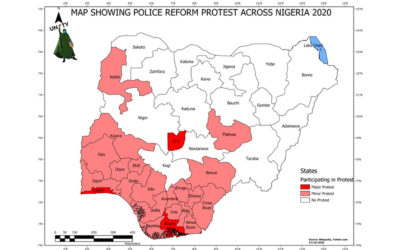High-resolution data updates to Living Atlas World Elevation Layers and Tools (June 2023)
ArcGIS Living Atlas of the World provides foundation elevation layers and tools to support analysis and visualization across the ArcGIS system. These layers get updated quarterly with high resolution elevation data from federal agencies, open sources, and community maps programs. Esri is providing these datasets as ready-to-use services that benefit the GIS community and extend the use of data in new and innovative ways. In this release, world elevation layers are updated with many high-resolution elevation datasets.
Terrain and TopoBathy layers are updated with:
- Environment Agency’s (EA) LiDAR-derived 1-meter DTM’s covering the country of England. This dataset replaces 2-meter data that had partial coverage.
- LiDAR-derived 0.3 meters (1-foot) DTM’s covering Sarpy and Douglas Counties of Nebraska, USA.
- LiDAR-derived 0.45 meter (1.5 feet) DTM’s covering Cook County of Illinois, USA.
- Land Information New Zealand’s LiDAR derived 1-meter DTM’s covering partial areas of New Zealand. In this release, ~29,650 sq km of new data has been added bringing total coverage to ~100,300 sq km (see map below).
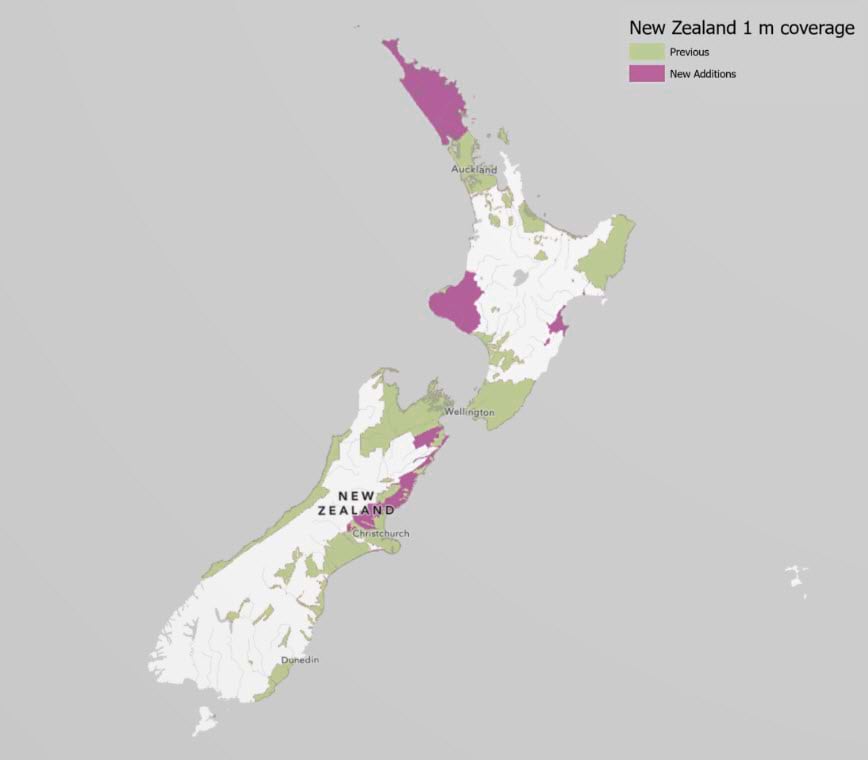
- USGS’s 3DEP 1 meter lidar derived DTM’s covering areas of the conterminous United States. In this release, approximately 261,730 sq km (~ 101,054 sq miles) of new coverage has been added. The graphic below shows the new addition (magenta) along with previously available coverage (green).
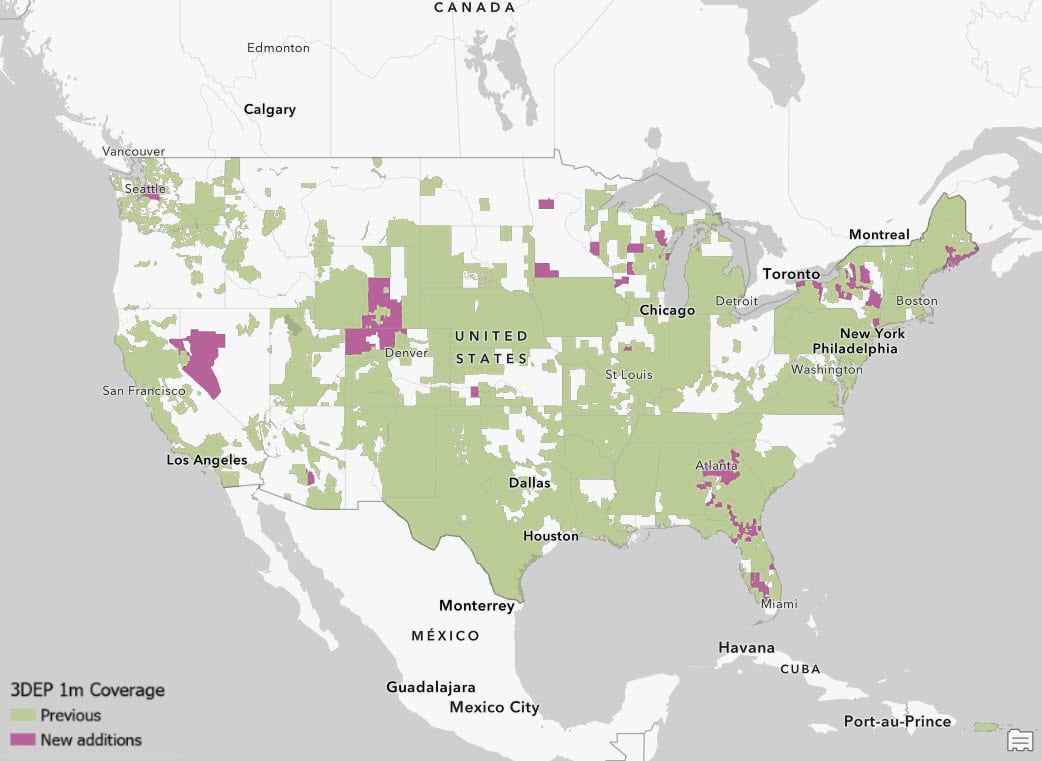
- USGS’s 1/3 arc-second (~ 10 meters) seamless DEM dataset for the United States with full coverage of the 48 conterminous states, Hawaii, Alaska, and U.S. territories.
- USGS’s 1 arc second (~30 meters) seamless DEM dataset for the conterminous United States, Alaska, Hawaii, Canada, and Mexico.
Ready-To-Use Elevation Tools:
Ready-To-Use Elevation Tools (Profile, Viewshed and Summarize Elevation) are also updated with the USGS’s latest 1/3 arc second and 1 arc second datasets.
Let’s see a few examples highlighting the improvements.
Brighton, England – improvements depicted with EA’s lidar derived 1-meter DTM’s in comparison to 50-meter OS Terrain
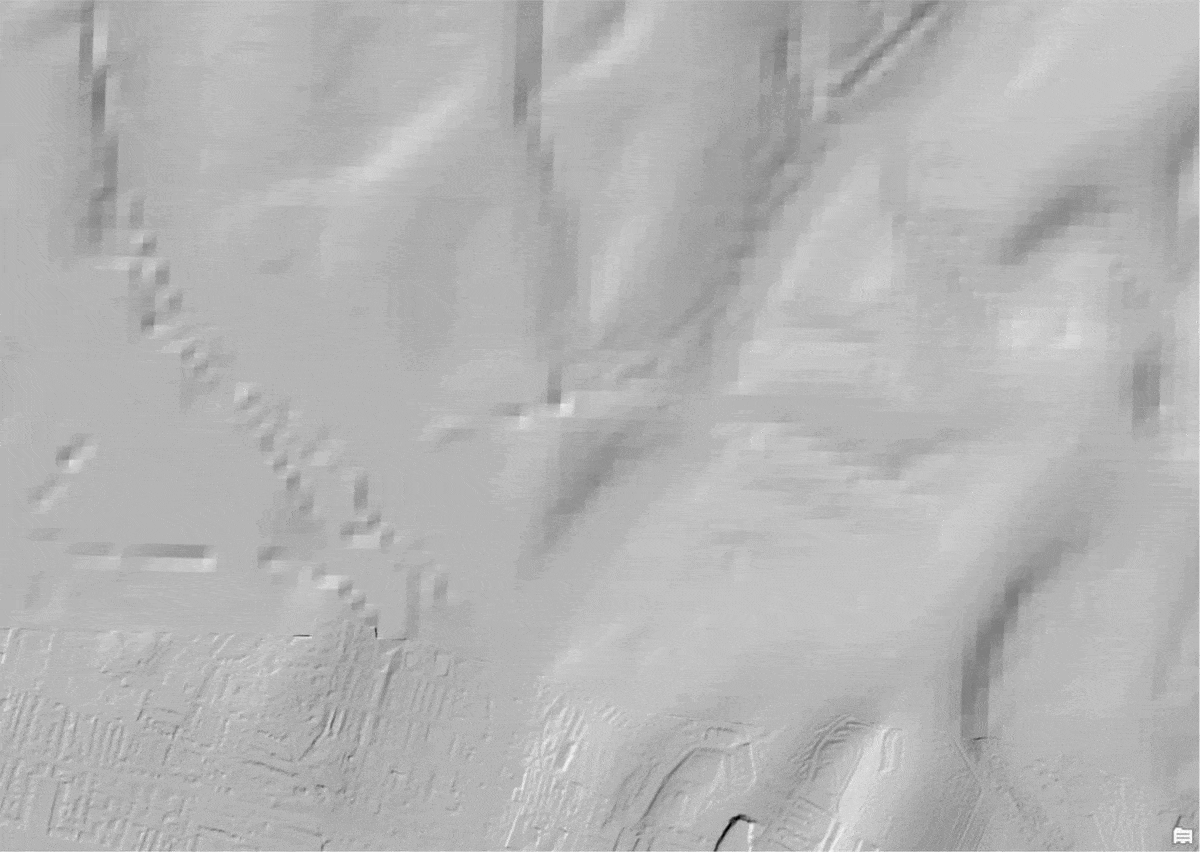
Derbyshire, England – Hindlow quarry in Derbyshire depicted with lidar derived 1-meter DTM’s in comparison to 50-meter OS Terrain
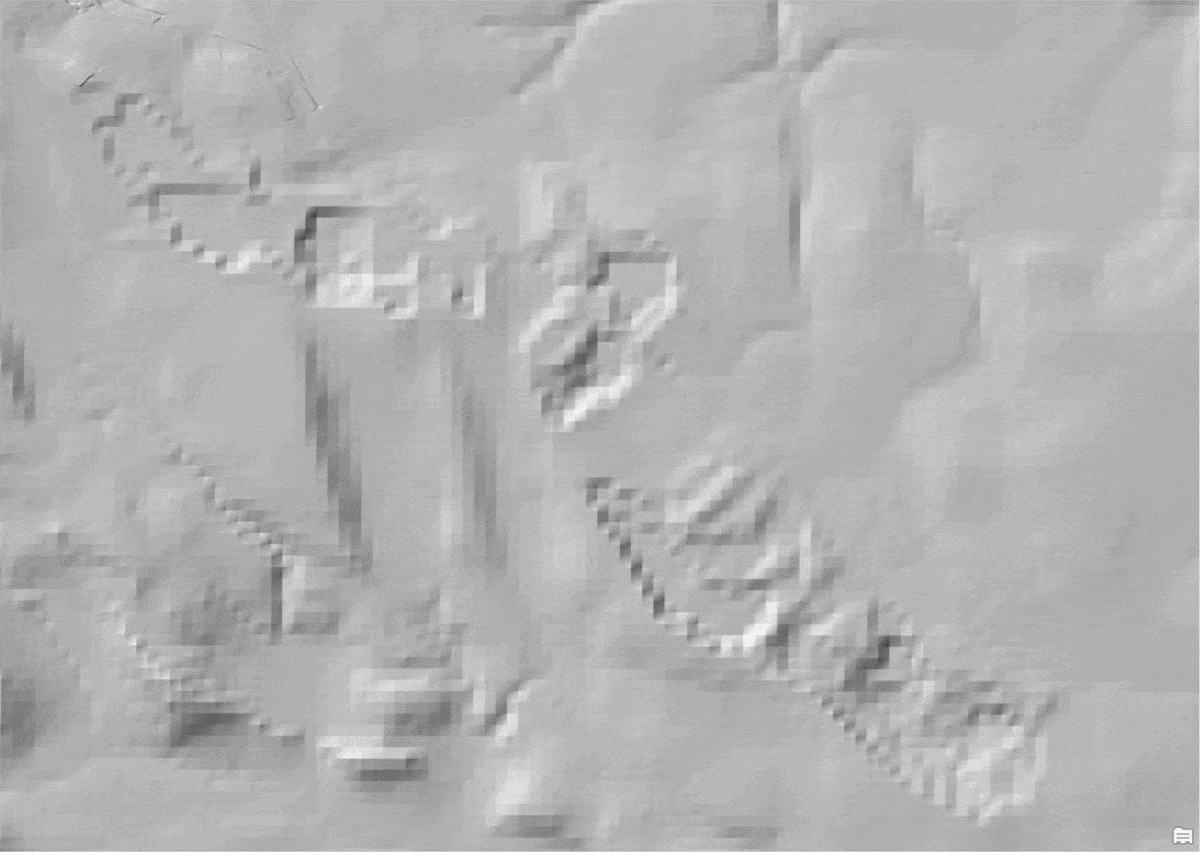
Chicago, USA – improvements over urban area depicted with Cook County’s lidar derived 0.45-meter DTM’s in comparison to USGS 10-meter
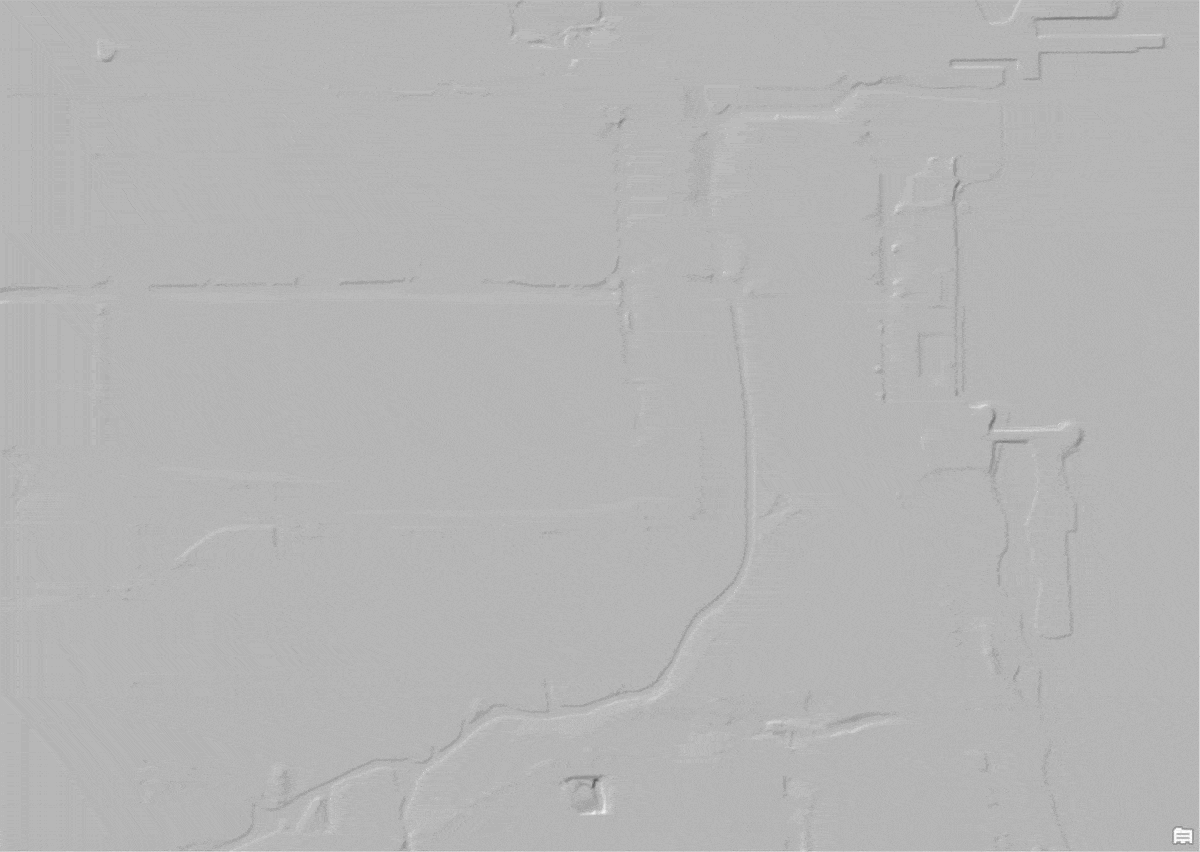
Mount Taranaki, New Zealand – a dormant stratovolcano at 2,518 meters (8,261 ft), the second highest mountain in the North Island, depicted with lidar derived 1-meter DTM’s in comparison to 24 meters WorldDEM4Ortho
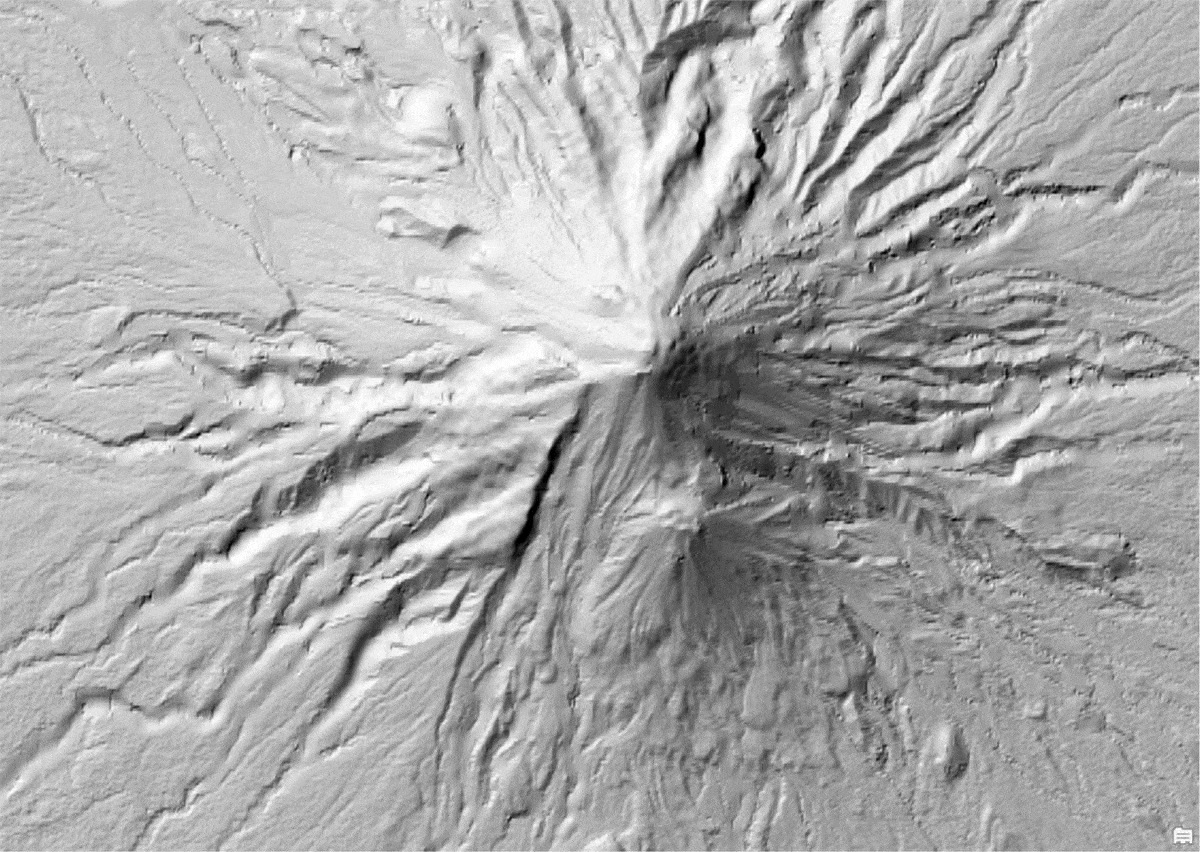
Mount Si, Washington, USA – Mount Si and surrounding areas are depicted with lidar-derived USGS 3DEP 1-meter DTM’s in comparison to USGS 10-meter
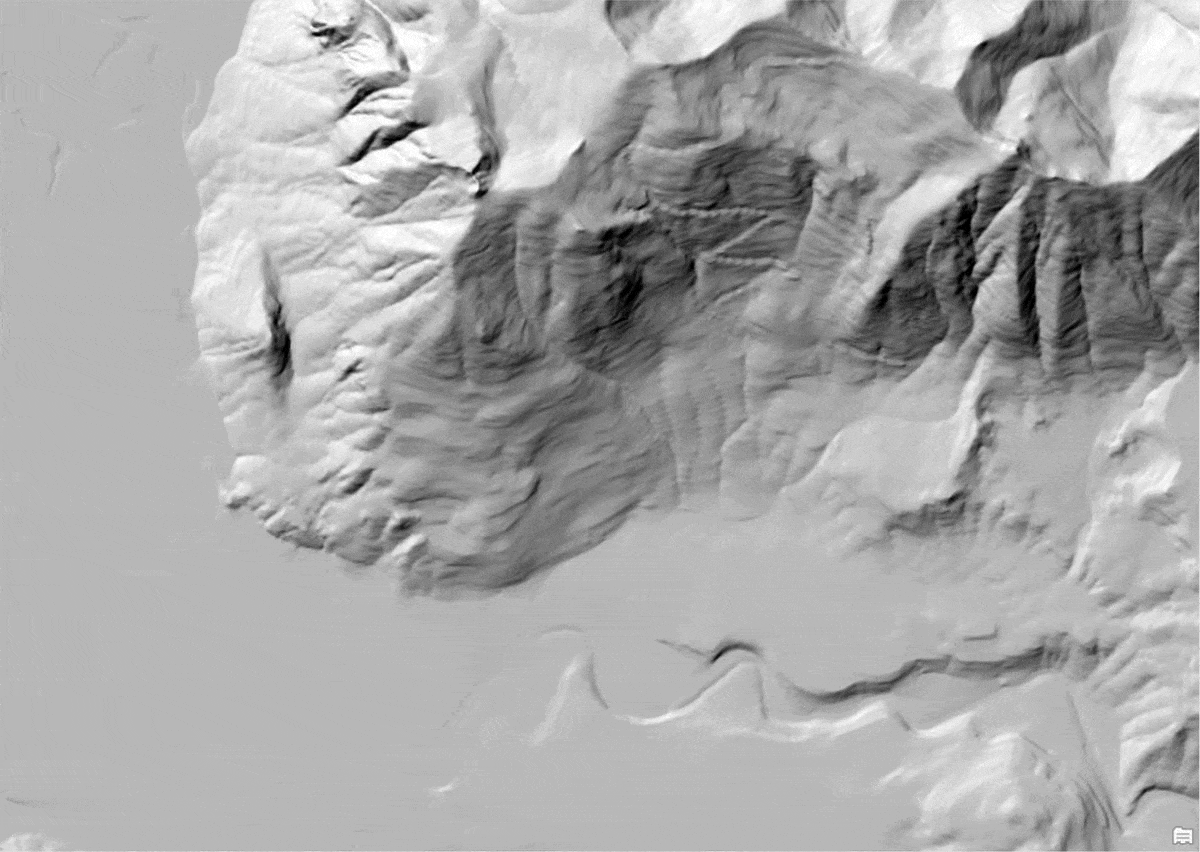
These data updates will be rolled out to the world elevation tiled services – Elevation 3D (Terrain3D and TopoBathy3D) and Hillshade (World Hillshade and World Hillshade (Dark) ) by end of the next quarter.
To see the coverage extents of each source comprising World Elevation services, check out the Elevation coverage map.
You can help in improving these services by contributing high-resolution elevation data to Living Atlas of the World. To participate and learn more, check out the Esri Community Maps for Elevation program.
